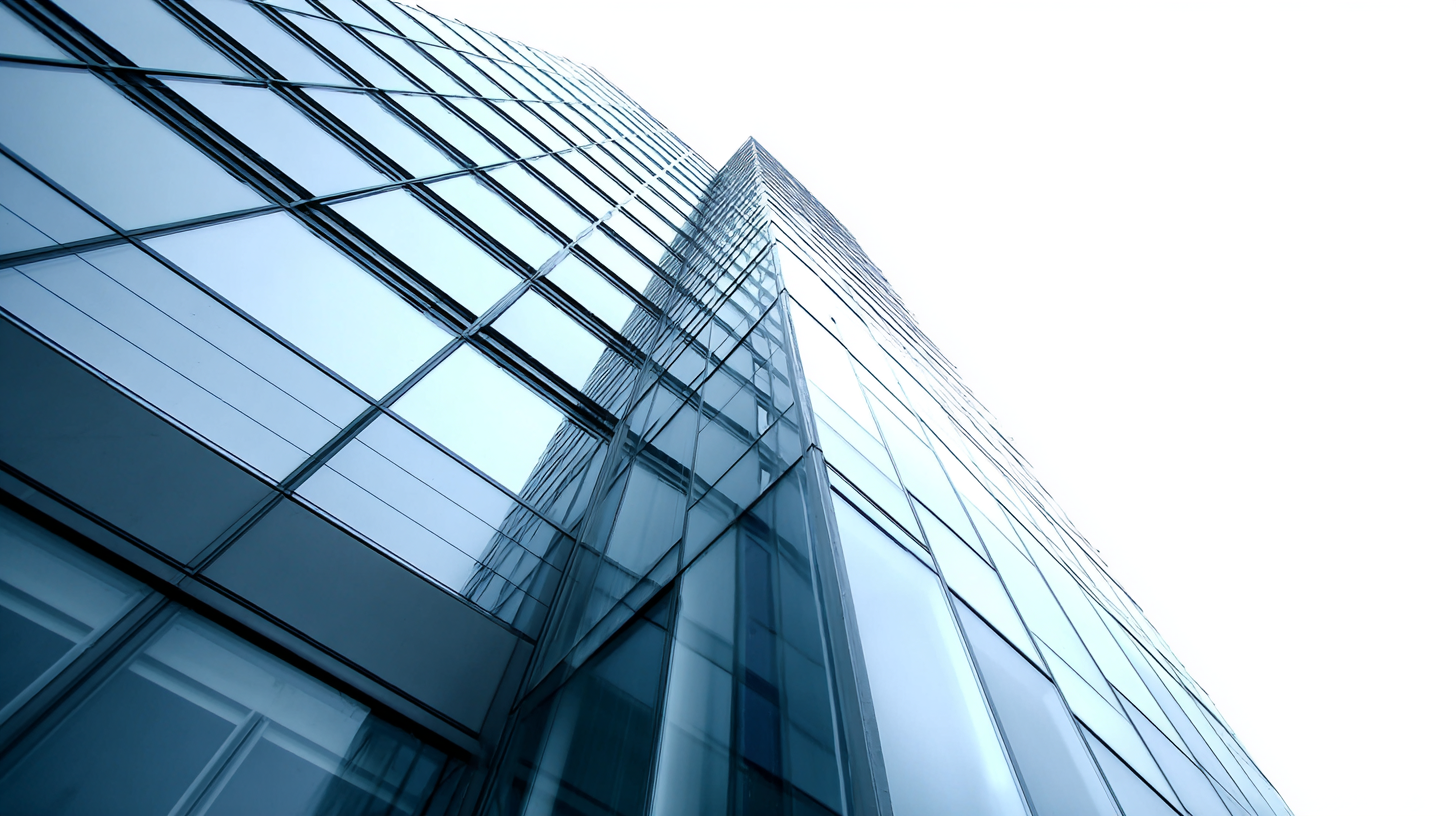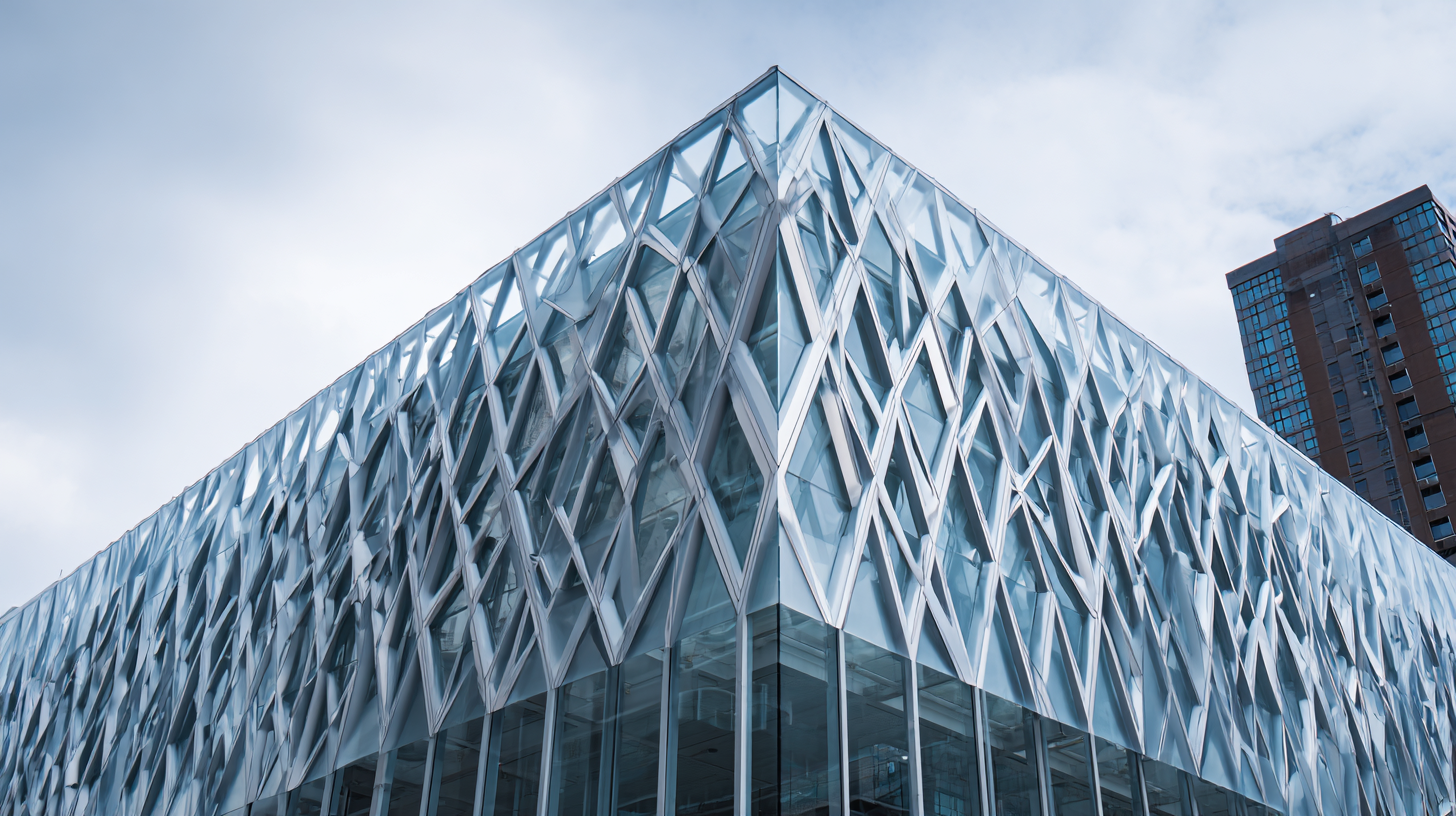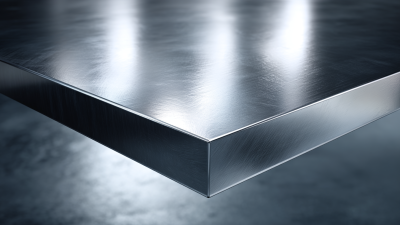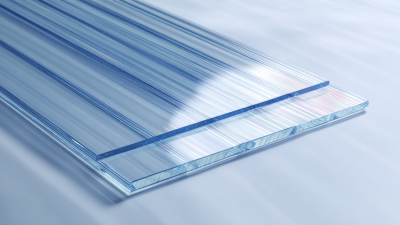Top 7 Benefits of Using Opaque Polycarbonate in Modern Architectural Design
In recent years, architectural design has evolved significantly, with a growing emphasis on both aesthetics and functionality. Among the innovative materials reshaping contemporary architecture, opaque polycarbonate stands out as a versatile option that offers a plethora of advantages. Its unique properties not only enhance the visual appeal of buildings but also contribute to energy efficiency, durability, and occupant comfort. This exploration of the top benefits of using opaque polycarbonate highlights its increasing relevance in modern design practices.
The use of opaque polycarbonate in architecture allows designers to push the boundaries of creativity while ensuring structural integrity. Its ability to diffuse light creates a soft ambiance in interior spaces, reducing reliance on artificial lighting and promoting sustainability. Additionally, this material's lightweight nature and robust performance make it an ideal choice for a variety of applications, from façades to partitions. As we delve deeper into the specific benefits, it becomes clear that opaque polycarbonate is not just a trend but a fundamental component of contemporary architectural solutions that prioritize both form and function.

Advantages of Opaque Polycarbonate in Energy Efficiency for Buildings
Opaque polycarbonate has emerged as a vital component in modern architectural design, particularly due to its energy efficiency benefits. The use of polycarbonate glazing systems can significantly enhance a building's thermal insulation, with reports indicating that such materials can reduce energy consumption by up to 50% compared to traditional glass alternatives. This remarkable feature not only contributes to lower operational costs but also fosters a more sustainable urban environment, as buildings equipped with effective insulation systems can lessen their reliance on heating and cooling systems.
Further advancements in building-integrated technologies have highlighted the role of polycarbonate in enhancing energy efficiency. The integration of solar photovoltaic (PV) systems with polycarbonate facades allows for dual functionality, improving thermal comfort while simultaneously generating renewable energy. For instance, highly transparent aerogels used in conjunction with polycarbonate materials can achieve energy efficiency gains of 15-20%, while also maximizing daylighting and minimizing heat loss. As the architectural community continues to seek sustainable solutions, the combination of opaque polycarbonate and innovative glazing technologies positions buildings at the forefront of energy-efficient design.
Innovative Aesthetic Applications of Opaque Polycarbonate in Modern Design
Opaque polycarbonate has emerged as a transformative material in modern architectural design, particularly due to its innovative aesthetic applications. With its ability to diffuse light while maintaining privacy, designers are increasingly incorporating opaque polycarbonate panels into facades and interior spaces. According to a recent report by the Architectural Materials Association, the use of polycarbonate in construction projects has grown by 30% over the past five years, highlighting its rising popularity among architects and builders alike.
The versatility of opaque polycarbonate allows for a myriad of creative uses, from striking exterior facades to imaginative interior partitions. Its lightweight nature also contributes to reduced structural loads, thus optimizing construction efficiency. In fact, studies indicate that buildings utilizing polycarbonate materials can save up to 20% in energy costs due to improved insulation and lighting effects.
Tips for Designers: When selecting opaque polycarbonate, consider experimenting with various textures and colors to create unique visual impacts. Additionally, leveraging natural light while maintaining privacy can enhance occupant comfort and overall building aesthetics. Incorporating it into mixed-material designs can also lead to more dynamic and engaging architectural expressions.
Top 7 Benefits of Using Opaque Polycarbonate in Modern Architectural Design
| Benefit | Description | Application |
|---|---|---|
| Lightweight | Opaque polycarbonate is significantly lighter than glass, making it easier to transport and install. | Curtain walls |
| Impact Resistance | It offers superior impact resistance, reducing the risk of breakage and enhancing safety in design. | Skylights and roofs |
| UV Stability | Protected against UV radiation, it maintains its aesthetic and structural integrity over time. | Facades and sun shading |
| Energy Efficiency | Provides good insulation properties, contributing to energy savings in buildings. | Windows and doors |
| Versatile Design | Available in various colors and textures, enhancing creative design possibilities. | Interior partitions and signage |
| Weather Resistance | Maintains performance under extreme weather conditions, ensuring longevity. | Outdoor canopies and enclosures |
| Aesthetic Appeal | Provides a sleek, modern look that complements contemporary architectural styles. | Architectural features and artistic installations |
Durability and Weather Resistance: Why Polycarbonate Outshines Other Materials
Polycarbonate materials have emerged as a leading choice in modern architectural design, particularly due to their exceptional durability and weather resistance. Recent developments highlight the City of Winnipeg's initiative to enhance the durability of bus shelters, focusing on shatter-resistant designs to withstand harsh winter conditions. This project underscores the growing recognition of polycarbonate's advantages over traditional materials, which can be more susceptible to damage from extreme weather.
In addition to their strength and resistance to the elements, polycarbonate products are becoming increasingly prevalent in various applications, including solar vehicles. According to market forecasts, the polycarbonate resin market is projected to grow significantly, reaching an estimated value of approximately USD 2.4 billion by 2034, reflecting a compound annual growth rate (CAGR) of 6.4%. The versatility and lightweight nature of polycarbonate make it ideal not just for construction but also for innovations in green technology, positioning it as a material that supports the sustainable goals of modern design.
Enhancing Privacy and Light Control with Opaque Polycarbonate Features
 Opaque polycarbonate has emerged as a transformative material in modern architectural design, particularly in enhancing privacy and light control. Its unique composition allows for light diffusion while blocking direct visibility, making it an ideal choice for spaces where privacy is paramount. Whether used in residential or commercial buildings, opaque polycarbonate panels can create serene environments without sacrificing natural light. This balance of illumination and seclusion not only enhances the aesthetic value of a space but also contributes to the overall comfort of its occupants.
Opaque polycarbonate has emerged as a transformative material in modern architectural design, particularly in enhancing privacy and light control. Its unique composition allows for light diffusion while blocking direct visibility, making it an ideal choice for spaces where privacy is paramount. Whether used in residential or commercial buildings, opaque polycarbonate panels can create serene environments without sacrificing natural light. This balance of illumination and seclusion not only enhances the aesthetic value of a space but also contributes to the overall comfort of its occupants.
Moreover, the versatility of opaque polycarbonate extends to various architectural applications, including facades, partitions, and skylights. Designers can utilize this material to craft innovative spaces that encourage natural light to permeate while maintaining an element of confidentiality. Additionally, its durability and resistance to weathering mean that structures can enjoy the benefits of this material without frequent replacement or maintenance. By integrating opaque polycarbonate features, architects are able to push the boundaries of contemporary design, creating environments that are not only visually striking but also remarkably functional.
Sustainability in Architecture: The Eco-Friendly Aspects of Polycarbonate Use
Opaque polycarbonate is becoming increasingly popular in modern architectural design, not just for its aesthetic appeal but also for its sustainability. This eco-friendly material is lightweight, durable, and provides excellent insulation properties, which can significantly reduce energy consumption in buildings. With a focus on sustainability, polycarbonate contributes to greener architecture by minimizing the carbon footprint during both manufacturing and installation processes.

Tips for incorporating polycarbonate into your designs include considering its recyclability and long lifespan. Architects should select high-quality polycarbonate products that are designed for longevity, ensuring that they withstand weathering and wear over time. Additionally, explore design elements that maximize natural light while maintaining privacy, which can enhance energy efficiency further. Utilizing opaque polycarbonate can lead to innovative structures that harmonize with their environments, promoting a sustainable future in architecture.
Furthermore, it's essential to educate clients about the benefits of polycarbonate, including its ability to reduce heating and cooling costs. Providing information about its eco-friendly credentials and showcasing completed projects can bolster confidence in this modern material's usage, paving the way for a more sustainable architectural landscape.

